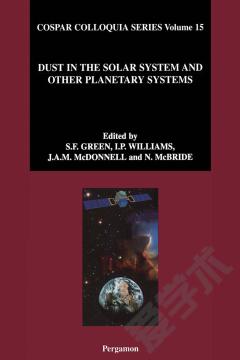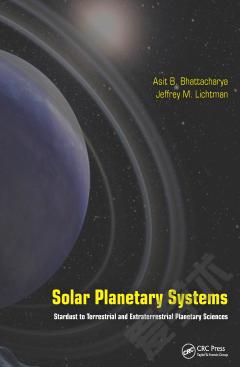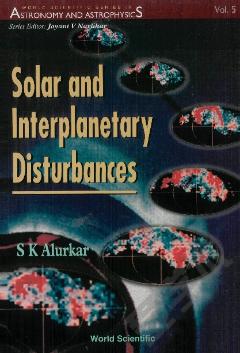Dust in the Solar System and Other Planetary Systems
Since the last joint IAU and COSPAR Colloquium in Gainesville in 1995, there have been dramatic changes in the field resulting from in-situ space experiments, Earth orbiting satellites and ground based observations. The brightest comet since the early years of the twentieth century, comet Hale-Bopp, appeared, giving an invaluable opportunity to see in action one great source of interplanetary dust. Similarly, the Leonid meteor shower has been at its most active since 1966, producing spectacular displays of meteors and allowing for an array of observational techniques, not available in 1966 to be used, while theory has also been refined to a level where very accurate predictions of the timing of meteor storms has become possible. Prior to the meeting a total eclipse of the Sun in South West England and North Europe was observed, traditionally a good opportunity to observe the Zodiacal cloud. The knowledge of the Near-Earth Asteroid population has also increased dramatically, with the increased study arising from the heightened awareness of the danger to Earth from such bodies. Extrasolar planets have been discovered since the last meeting and it is recognised that interplanetary dust in other Planetary Systems can now be studied.
{{comment.content}}








 京公网安备 11010802027623号
京公网安备 11010802027623号